I must be getting old, or at least more crotchety (is that possible?). Finally, spring has arrived, and though the threat of chilly temperatures continues, I’m betting (and hopeful) that the worst of it is over. All winters seem to drag on, but this one seemed to last forever (regardless that it was not severe), though again I expect this is more me than the weather.
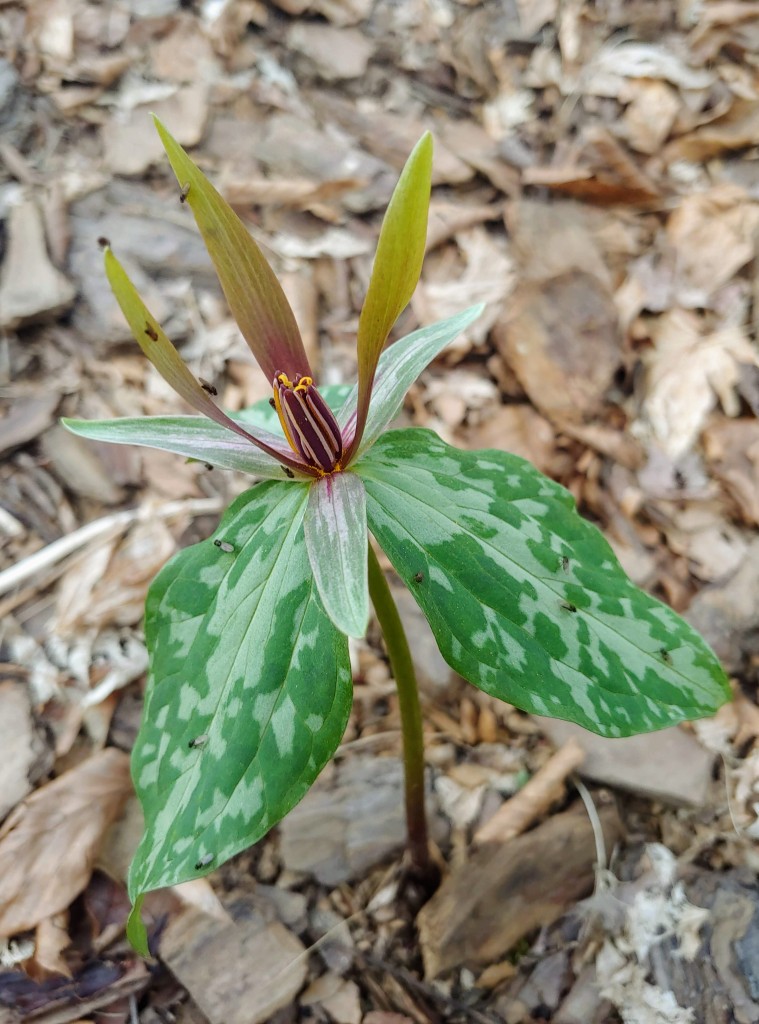
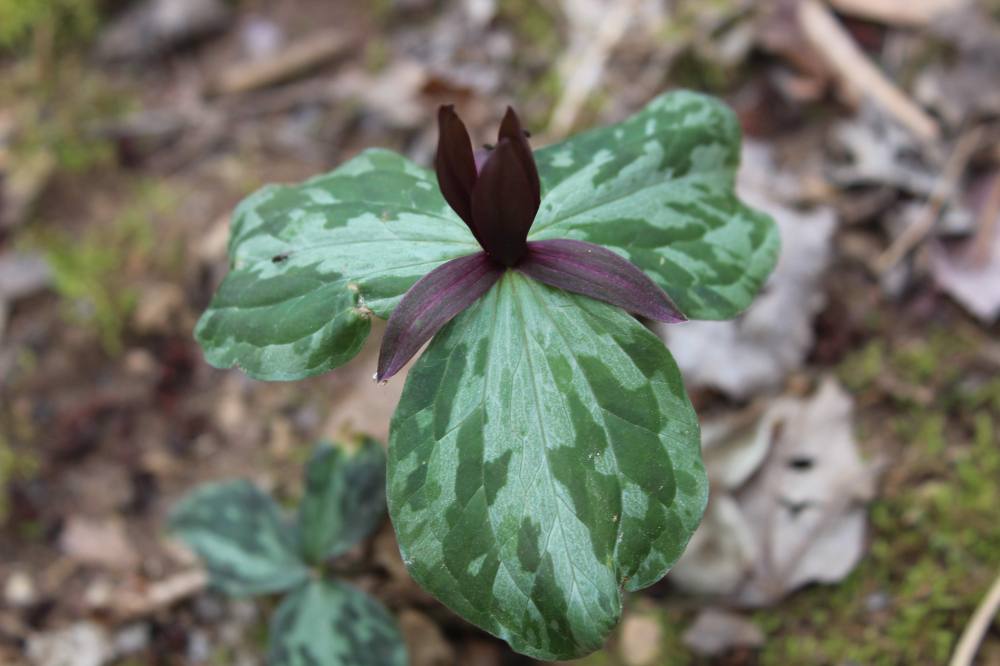
The last of perennials and ephemerals (Trilliums, above) are now popping above ground. A few are missing, even when I delicately excavate to try to find subterranean growth. Squirrels perhaps (convenient culprits), but still I’ll wait another week before considering something else to plug into these small gaps. Mostly, I am disappointed about spending good money for tiny mail order plants that never make an appearance, and this is why I prefer plants from the garden center with more established roots. But, some out of the ordinary plants can’t be found except through mail order, so I’ll whine about it, but continue to plant as always.
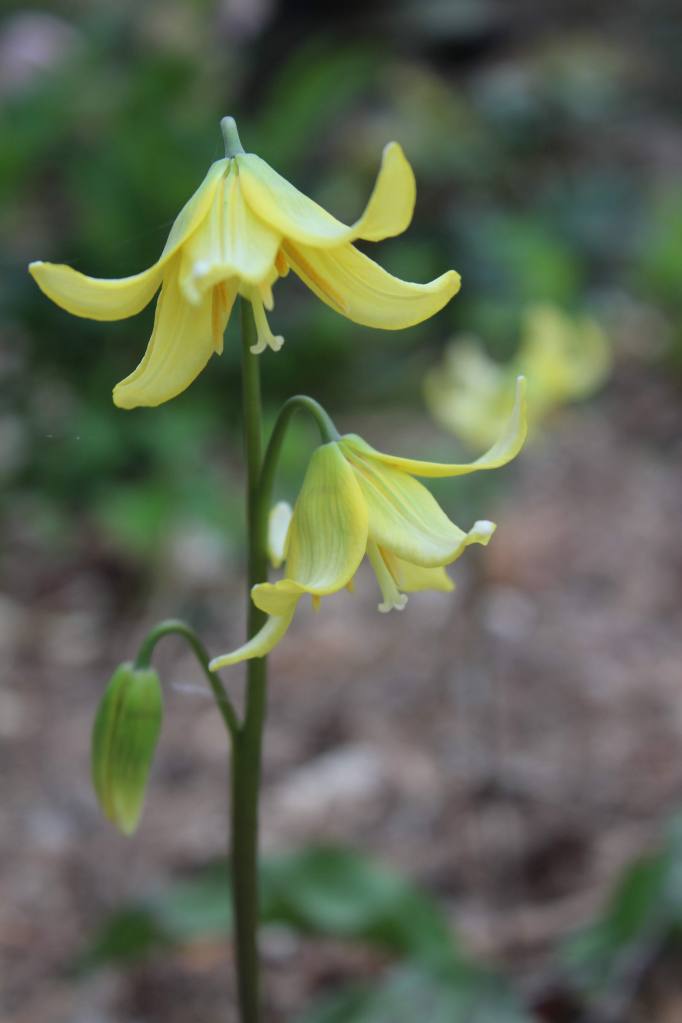
I am far from a conscientious rule follower in the garden, and now I’ve broken another. I’ve purchased two ‘Blue Cadet’ (below), a wonderful small leafed hosta, that are so full of roots that the pot has split. To me, this is an extra value, and while I wouldn’t trust every plant in such condition, I’ll break this one apart into two or three pieces. Each will be pretty good from the start, and again, I prefer too many roots to too few. Of course, much of this has to do with the lack of care I’ll provide after planting. With rain expected with regularity in the next few weeks I’ll never water these, not even if a drought comes along this summer.

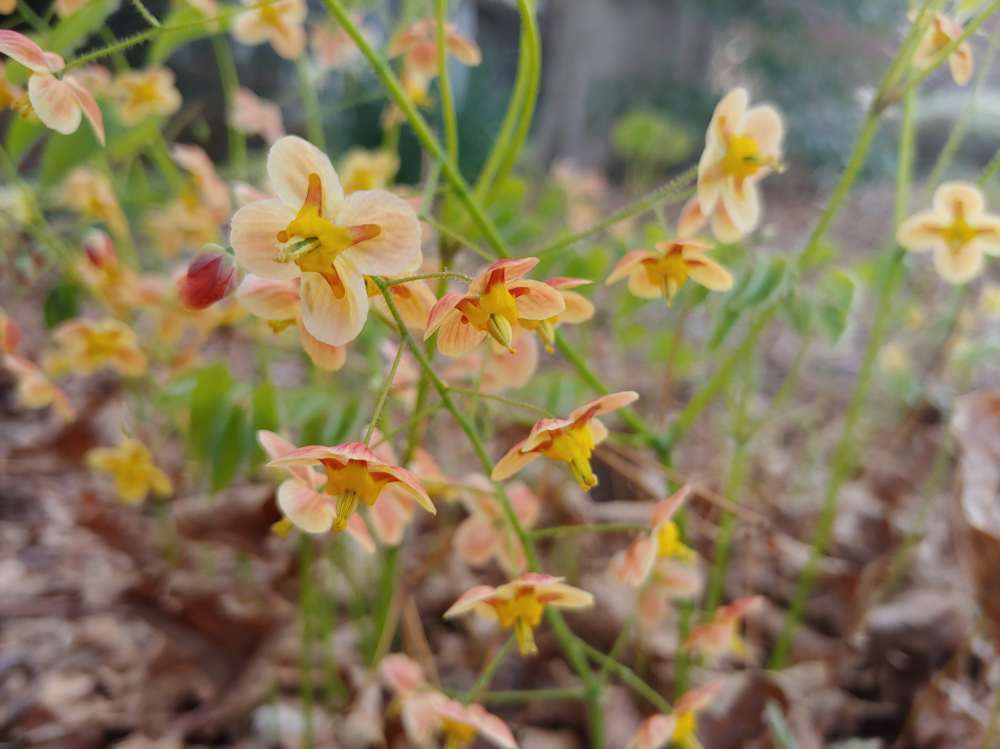
While maples are likely to be at the top of the list for shallow rooted, moisture sapping trees, I think beech are a close second. I carefully consider every plant that goes within the drip line of a large, purple leafed European beech. Hellebores do okay, and a few even seed into this very dry shade, but barrenworts (Epimedium, above and below) thrive in this difficult spot. For much of the year these are nice, neat mounds of foliage, but this week the arching flower stalks are splendid.
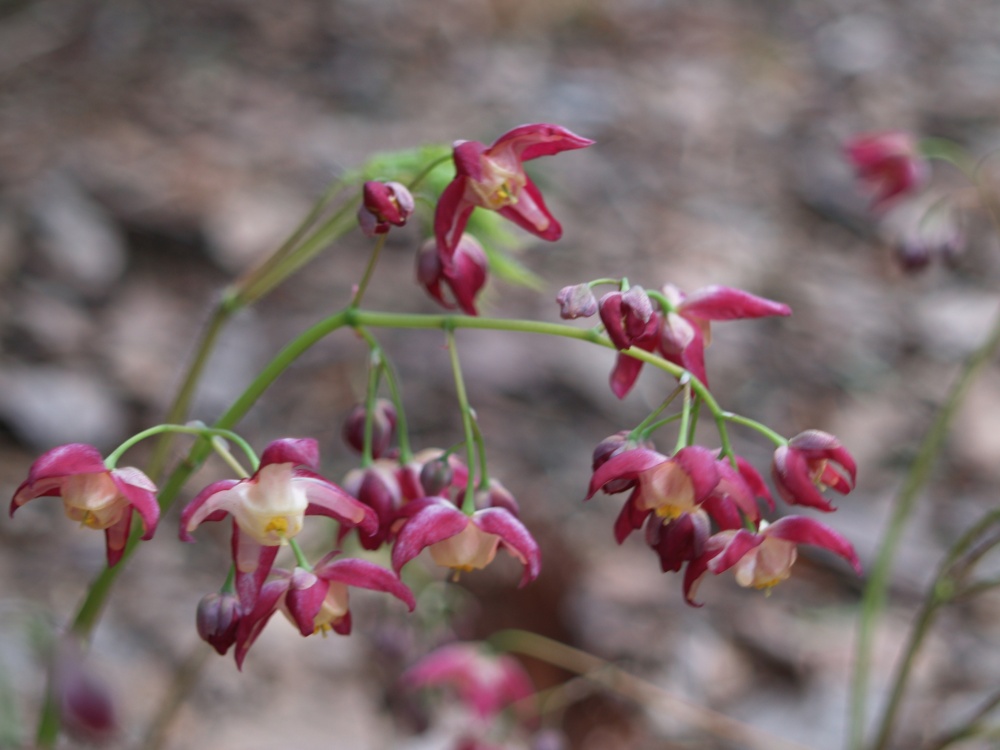
Most years, I cut the overwintered foliage to the ground, This year, I didn’t, and it hardly matters. Who cannot like chores that can be neglected with little consequence?
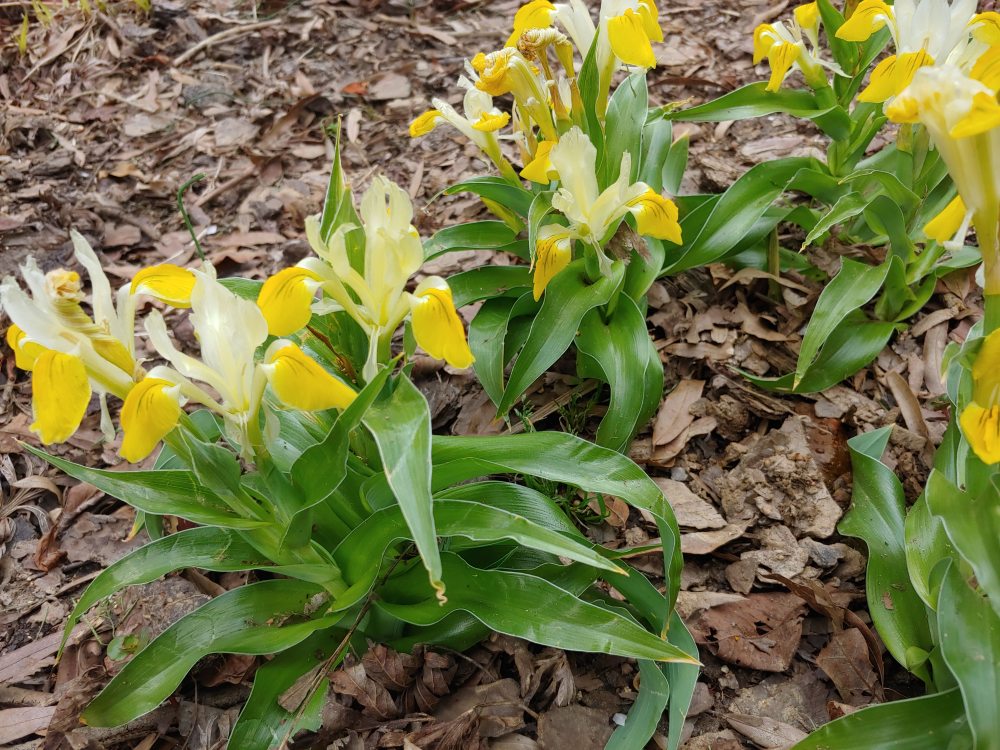
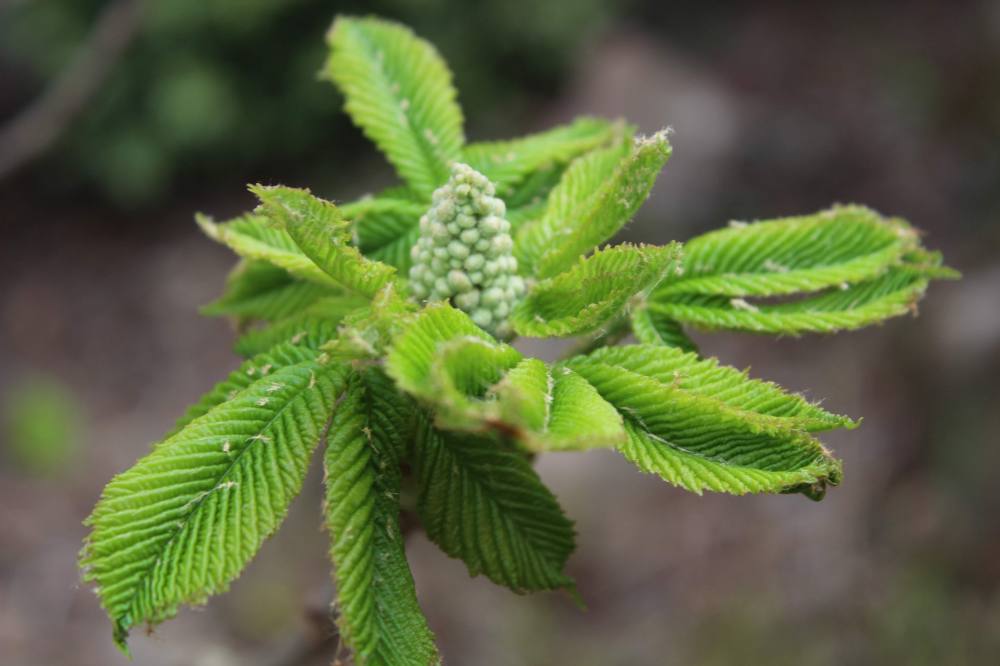
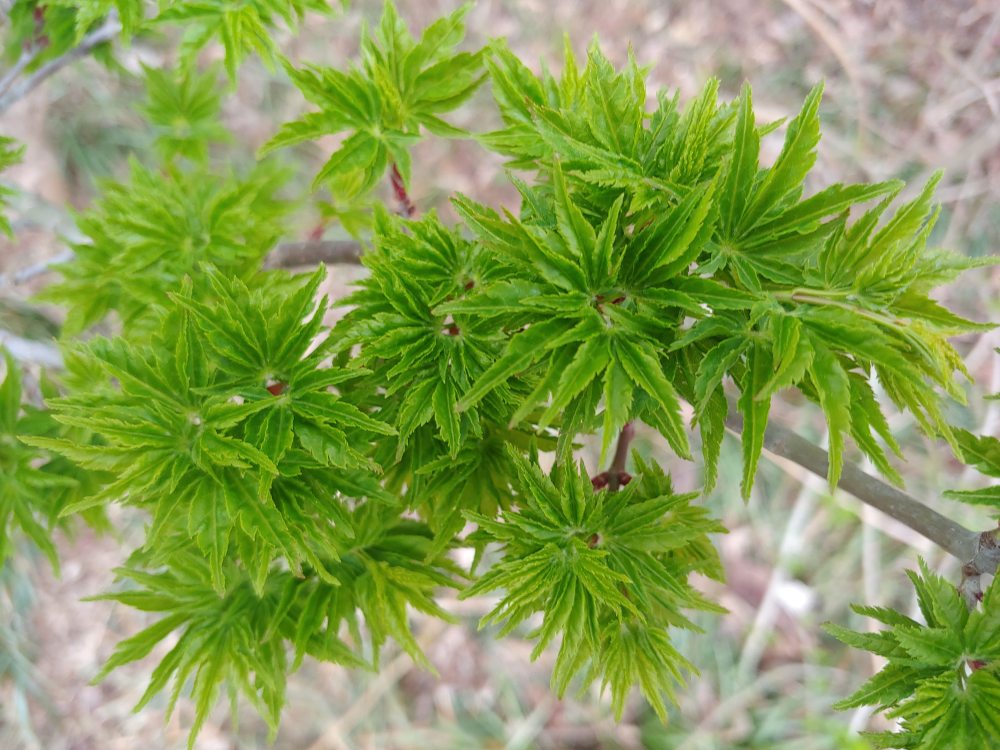
Tony Avent (Plant Delights) has a great video about trilliums. I found it on Youtube.
Forgot to ask if you are on Instagram.
No, I am as unconnected as possible. I carry my cellphone around only because it’s become my camera of choice.
The trilliums looks like one of the two native species here. It blooms that brownish red color. I had never seen the other species that blooms white until I mentioned within the context of an article about the red one that I had never seen it. I saw the white one the next day.